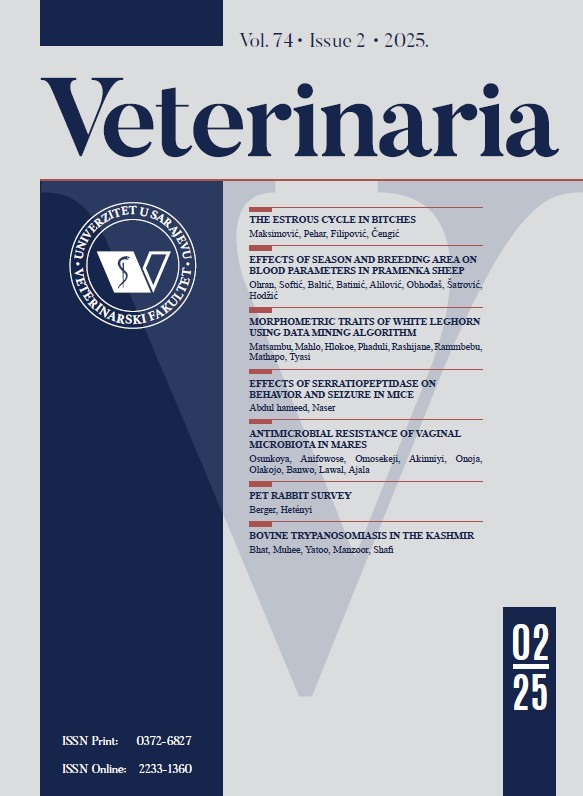Histomorphometric parameters as indicators of nerve tissue damage after perineural and intraneural application of liposomal bupivacaine in rat model
DOI:
https://doi.org/10.51607/22331360.2023.72.3.271Keywords:
Liposomal bupivacaine, peripheral nerve blocks, neurotoxicityAbstract
Liposomal bupivacaine is a long-acting local anesthetic agent and it is thought to be one of the safest local anesthetics. However, there has been detailing possible neurotoxic effects. At present, the exact molecular mechanism of liposomal bupivacaine mediated neurotoxicity is unknown. We postulated that intraneural injection of 1.33% liposomal bupivacaine resulted in greater nerve injury than perineural injection, and this would be proved by objective quantitative histological analysis. A rat sciatic nerve block model was used. The study was conducted in accordance with the principles of laboratory animal care and was approved by the Laboratory Animal Care and Use Committee. Thirty adult Wistar rats of both sexes were studied. After induction of general anesthesia, the sciatic nerve was exposed unilaterally. Sciatic nerves were randomly assigned by the method of sealed envelopes to recieve: 2 mL perineurally 1.33% liposomal bupivacaine, 2 mL intraneurally 1.33% liposomal bupivacaine, 2 mL perineurally saline or 2 mL intraneurally saline. Quantitative histological examination was followed to determine the potential damage to nerve tissue. All intraneural injections showed significantly smaller number of nerve fibers (p<0.001). There was no statistical significance in myelin thickness (p>0.005) and nerve fiber diameter (p>0.005) between the groups. Intraneurally administrated liposomal bupivacaine showed reduction in axon diameter (p<0.005) comparing to perineurally administrated liuposomal bupivacaine and saline.

Downloads
Published
How to Cite
Issue
Section
License
Copyright (c) 2023 Lejla Dervišević, Ilvana Hasanbegović, Esad Ćosović, Zurifa Ajanović, Emina Dervišević, Amela Dervišević, Lejla Brigić, Aida Bešić

This work is licensed under a Creative Commons Attribution 4.0 International License.







